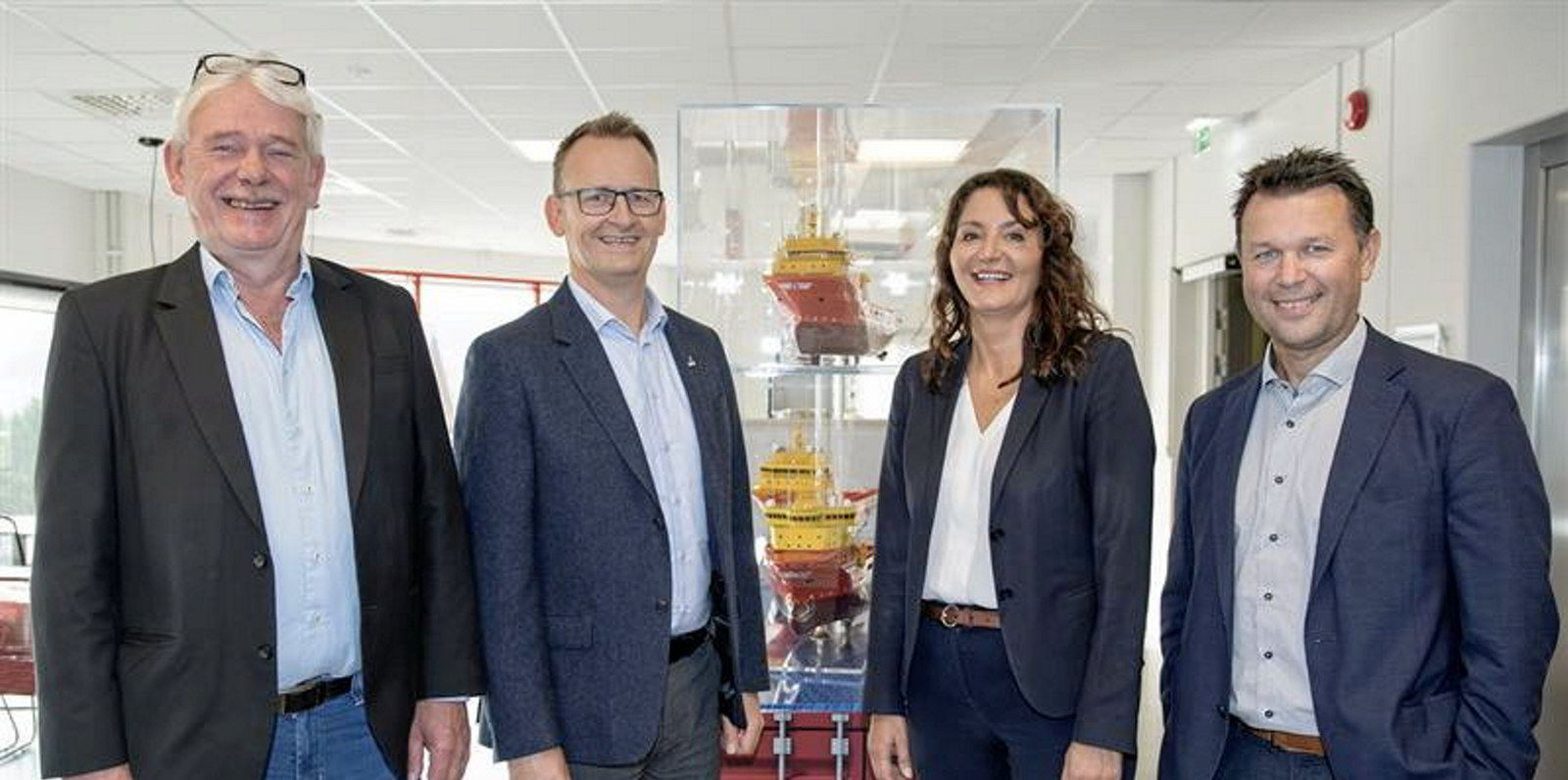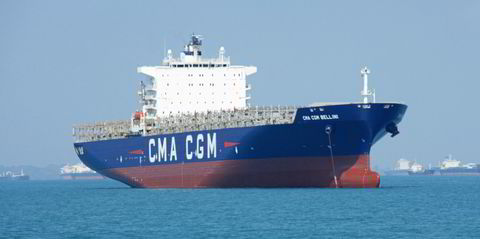Norway's Eidesvik Offshore plans to become the first shipowner to convert an existing vessel to use an ammonia-fuelled engine.
The company is teaming up with technology giant Wartsila to retrofit a new system to one of its dual-fuel offshore vessels, which currently is fuelled by either LNG or conventional marine fuels.
The vessel has not been identified but the companies said a provisional target date for completion is the end of 2023.
That is also the same time span for another project that would be a world first for the shipowner: converting a platform supply vessel (PSV) to run off an ammonia fuel cell.
The latest conversion plan will allow Eidesvik's dual-fuel ship to run with a 70% ammonia blend.
Wartsila has already successfully laboratory-tested an engine using this level of ammonia content.
The ultimate goal is to achieve operation with 100% ammonia, with a minimum ignition fuel requirement.
"Using ammonia as a fuel is seen as a key future contributor to shipping’s energy transition, and we're excited to be the first offshore shipowner taking this step," Eidesvik chief executive Jan Fredrik Meling said.
Class societies involved
Hans-Petter Nesse, managing director of Wartsila Norway, added that the companies are working with classification societies on measures to ensure safe and environmentally sustainable use of the fuel.
"We are already well advanced in the development of ammonia as a viable marine fuel, and are actively working on other future carbon-free fuels. Our strong in-house competences are very much being utilised to support our commitment to decarbonising shipping," he said.
Eidesvik used LNG as a fuel as early as 2003, and fuel cells from 2006.
The company believes exiting ships must be adapted so that climate-change targets can be met.
Wartsila and Eidesvik are also partners in the European Union-funded ShipFC project to equip the 6,000-dwt PSV Viking Energy (built 2003) with a 2-MW fuel cell running on green ammonia.
This project is receiving €10m ($11.1m) funding from the EU to complete the work, which is planned for late 2023.
The vessel, chartered to Equinor, will be able to sail solely on the clean fuel for up to 3,000 hours annually.





